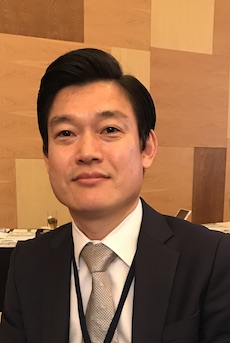South Korea’s Gyeongju city is on track to achieving its target 50 conferences this year, having already welcomed 25 conferences at press time in May.
A notable win is the 14th World Congress of the Organization of World Heritage Cities, from October 31 to November 3, 2017. It will be held at Hwabaek International Convention Center, and 1,500 participants from 100 other cities across the globe are expected to attend.

Eric Young-ho Seo
When asked if culture, heritage and conservation-related conferences were the Gyeongju Convention & Visitors Bureau’s (CVB) focus, considering the city’s rich history and possession of more than 300 Korean National Treasures and three UNESCO sites, its director, Eric Young-ho Seo, said: “We are making an effort to attract conferences (that revolve around) UNESCO World Heritage sites and national parks. But we are also trying to reach out to other fields such as medical, engineering, humanities and government institutions.”
To attract more international conferences, Seo said the CVB is working closely with the Korea Tourism Organization, and institutions such as the Pohang University of Science and Technology in Ulsan to organise teams, make bid proposals and promote the destination.
In addition, the CVB makes an effort to network with meeting planners and international PCOs by participating in the annual ICCA Congress, as well as in business events exhibitions globally.
The CVB has been successful so far, with 32 international conferences held in Gyeongju in 2016, a decent effort for a bureau which was only set up in 2013, Seo pointed out.
Of all the conference participants Gyeongju welcomed in 2016, half hailed from the US and Europe, 20 per cent from South-east Asia and China, and the remaining 30 per cent came from South Korea.
The largest conference Gyeongju played host to was the 66th UN DPI/NGO conference last year, where there were 4,000 participants.
Seo added: “Europe and the US are very far from South Korea, so our immediate target is South-east Asia, as well as Japan and China. However, Chinese participants have dipped because of the missile issue. I hope it will recover soon.”
The current distribution of conferences that Gyeongju hosts is 60 per cent from Japan and China, 30 per cent from South-east Asia, while the last 10 per cent come from the US and Europe.





















